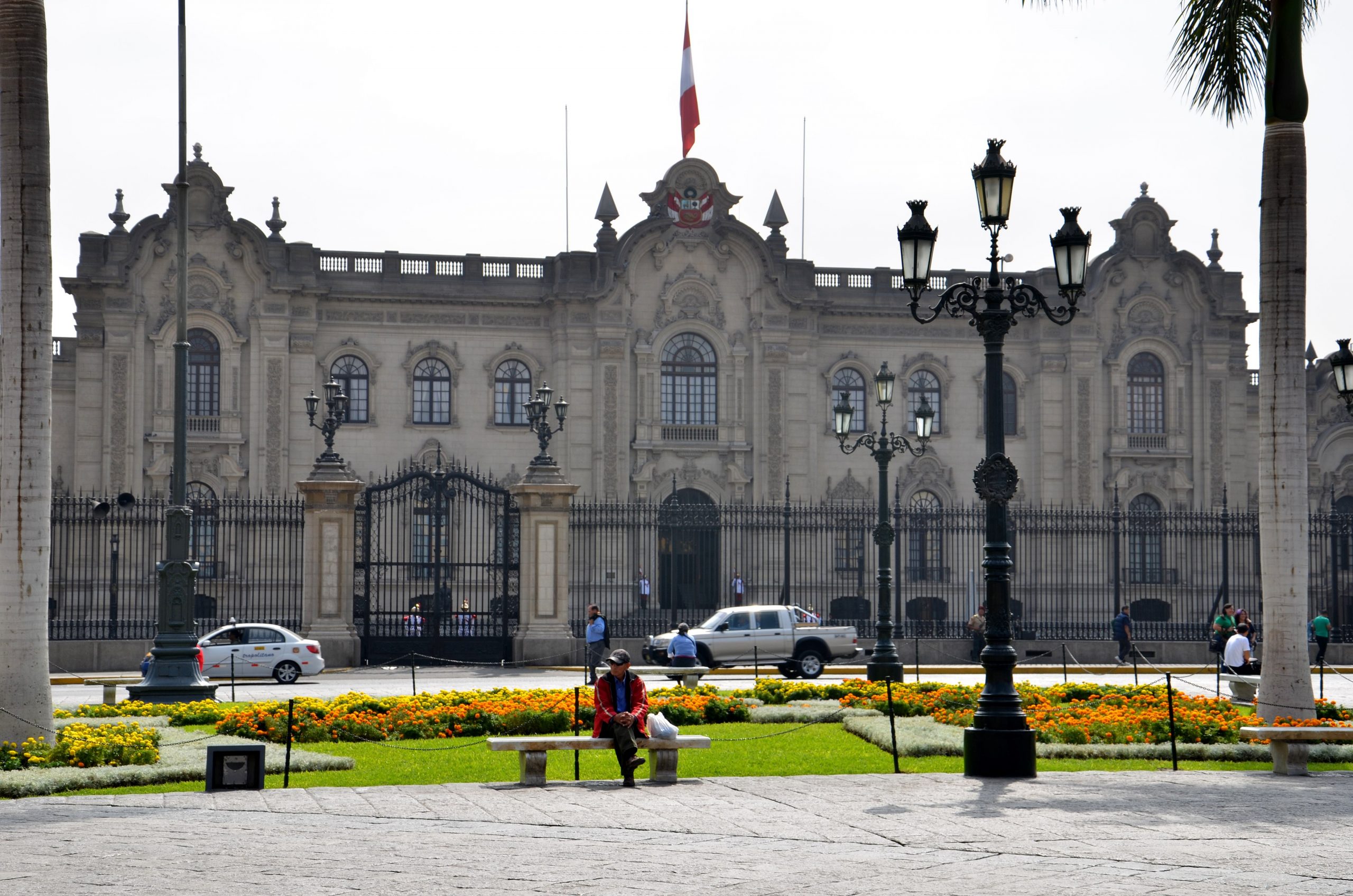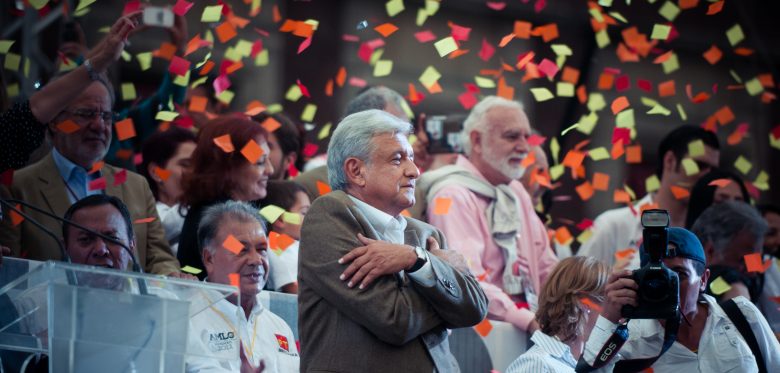Peru experienced significant political turmoil, including conflicts between the executive and the legislature, corruption and social unrest, weakening political rights and institutions. Amidst a third impeachment motion, on December 7, 2022, President Pedro Castillo unexpectedly chose to carry out a coup d’état. In response, Congress voted to remove Castillo. Vice President Dina Boluarte then took office amid widespread unrest, calling for her resignation and escalating into the use of police and military repression.
The economy experienced a partial recovery after the COVID-19 pandemic. While economic institutions remained stable over time, the 2021 recovery remained insufficient to offset prior losses, partly attributed to management deficiencies under Castillo’s government and ongoing political instability. Russia’s war against Ukraine exacerbated inflation rates and social tension.
Peru struggles with governance issues stemming from a shortage of reform-minded individuals and experienced politicians. This leads to political amateurism and a lack of consistent political programs. Currently, political actors have a less defined political-ideological profile, relying on short-term strategies and populist or authoritarian approaches, exacerbating political instability.

